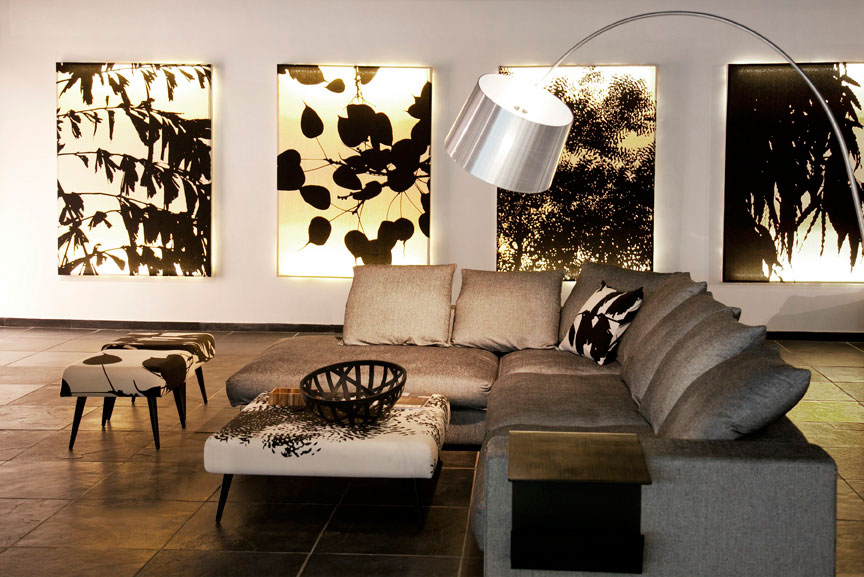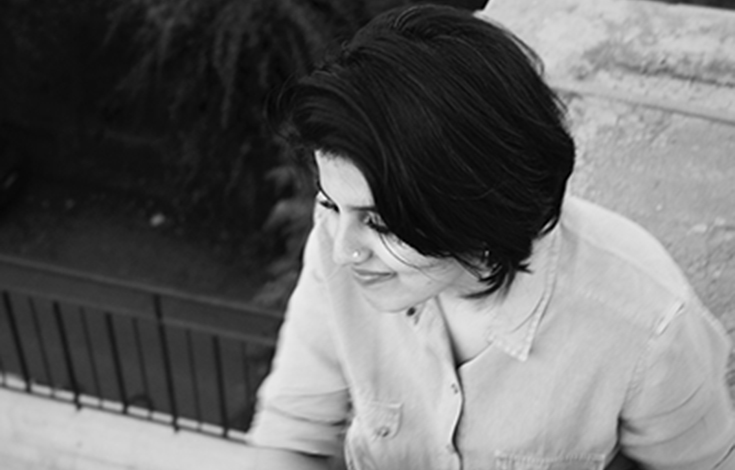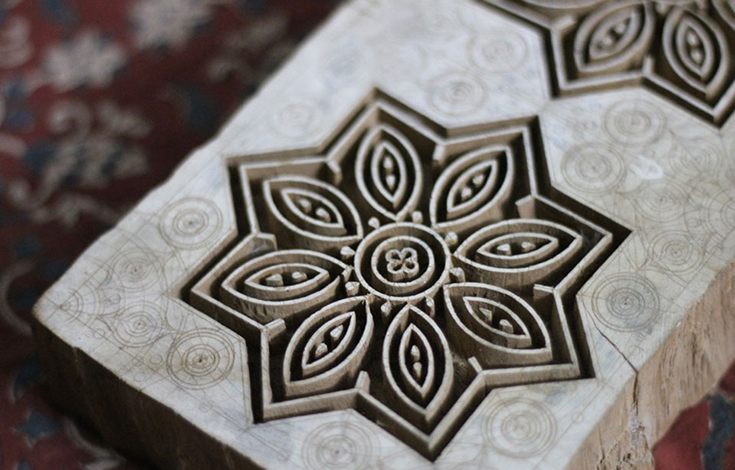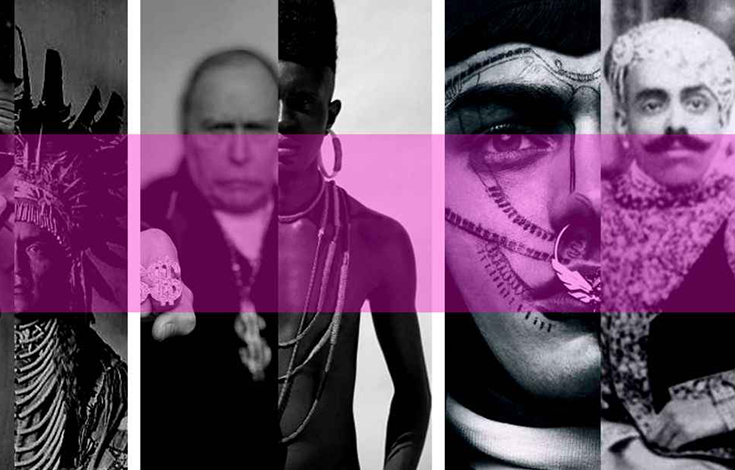The Beginning I am from Tripura and grew up in Madras and Calcutta. Since my childhood, I’ve associated clothes with a particular time and feeling. Summer holidays meant shorts and sandals; bedtime was soft old T shirts and crisp, starched sheets. Going out meant watching my mother change into Kanjivarams or Muga silks. Playtime meant whites. I enjoyed following these codes, observing how people dressed for different occasions and along the way I began judging for myself what was elegant and what was not.
When it came to choosing a career, I had a vague idea that something creative would fit the bill. I did an undergraduate program in Textile Design at the National Institute of Design (NID), Ahmedabad, and it was here that I first started to develop both the skills and the conceptual framework necessary to work in this industry. Instead of choosing fashion, I chose to study textiles and Ahmedabad. Given its history as a textile manufacturing city it offered plenty to engage with – block printers, tie-dyers, the Calico Museum, mills, architecture and markets. The hands-on approach in which we were schooled, working directly with artisans in their own environment has continued to be a part of my design process ever since.
Another big learning opportunity came when I was chosen for an exchange program with l’École Nationale Supérieure des Arts Décoratifs (L’ENSAD), in Paris. At 21, I spent two years cutting, stitching, working backstage at fashion shows and soaking up everything Paris had to offer. It was rich, exciting and helped me locate my work in an international context. Most importantly it showed me what an enormous strength we have in the diversity of traditional Indian fabrics and laid the foundations for future projects.
Learning at NID certainly helped me to develop a hands on approach which is so necessary when working with crafts like weaving or printing. Tilla’s core values – handmade, local, self reliant – draw strongly from the fact that we made all our prototypes ourselves in the NID workshops, and rather prided ourselves on being home grown weeds. In a certain way, it’s helped me put the idea of commercial success in perspective, and discover a love for design.
Moment I bought an old, doctor’s clinic to start my studio and workshop, and one of the first things that I did was tear down the walls to open up the space and start visualizing it afresh. I am very single-minded sometimes, and I had been chasing this deal for a while. As the bricks fell bit-by-bit, and the space started getting larger, I felt a quiet excitement building inside me. When everyone had left for the day, I sat alone for hours in the dust and darkness, motionless almost, imagining every possible way to use the space. It was important for me to build a place that I felt was my own.
People Charlie Chaplin, Aung San Suu Kyi, J Krishnamurti, Yohji Yamamoto, Pina Bausch, Christopher Alexander. At a more personal level, my family, my teacher Aditi Ranjan and Priya Kishore from Bombay Electric.
Tilla means a hill in Bengali, Hindi and many other Indian languages. My family home in Agartala is called tilla, because it is built on a hill. It is quiet, surrounded by trees, open grounds and small ponds. It is a place we love, and are deeply attached to. It felt right, somehow, to name the brand after the place.
Monochrome It can be strikingly modern or elegant in a timeless way. It asks for an appreciation of fabric structure and texture, and allows the wearer to express her personality without drawing unnecessary attention to what she’s wearing. I think it represents a thinking, sensible approach to clothing that favours longevity over trends.
When faced with many choices, follow your heart, even if it seems like the less sensible or lucrative option at that time. In retrospect, it invariably proves to be the better decision.
The interiors line The interiors line was started in August 2013 because I felt tilla as a concept was more than just clothes. There was space for something more complex, layered. It’s an idea that is evolving. The first collection, ‘7 Indian Trees’, started as an installation of light boxes with graphic prints that have been adapted to various products from furniture to clothing. It really is quite seamless in my head – I think both the clothing as well as the interiors stem from the same place and the stores representing tilla understand that each supports the other. This widening has also allowed for an exploration of wood, metal, glass – materials other than cloth, and led to collaborations with designers from other disciplines.
Work History Tilla – Founder, Ahmedabad, June 2011 – present NID – Visiting Faculty, Textile Design. Ahmedabad, 2013 – present Dosa Inc – Design Assistant. Los Angeles 2003 – 2010 Handmade in India – Researcher. Govt of India, 2002 Elisabeth de Senneville – Intern. Paris 2001
 Above: Tilla Look Book photography | Paulami Dev Varman
Above: Tilla Look Book photography | Paulami Dev Varman











